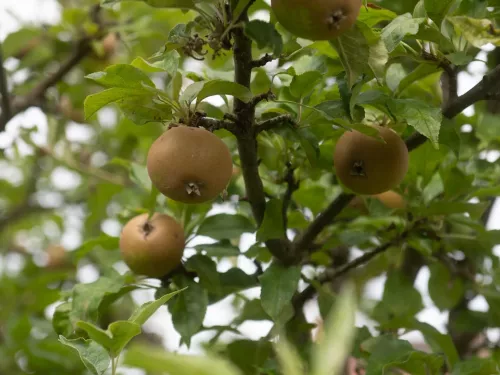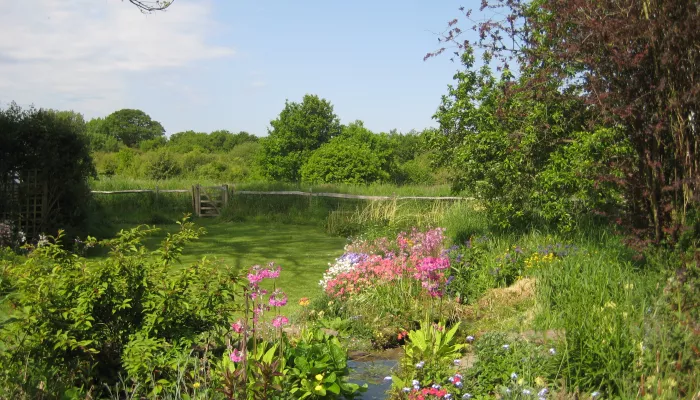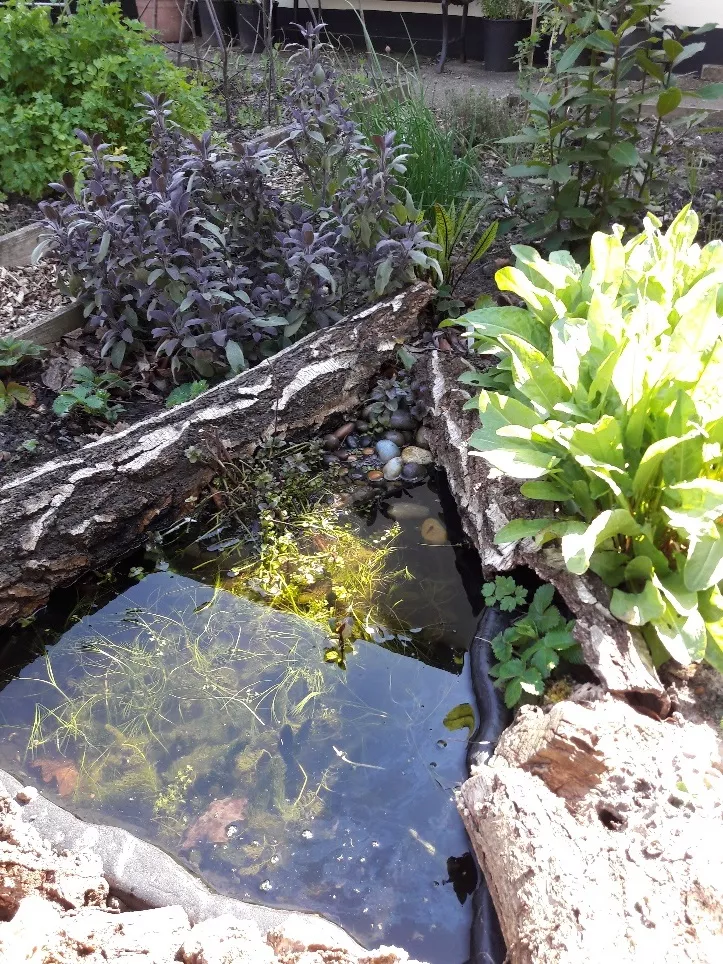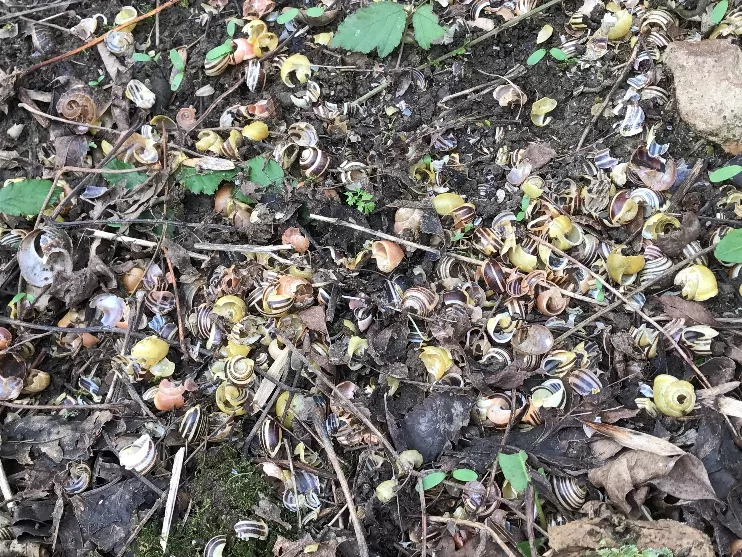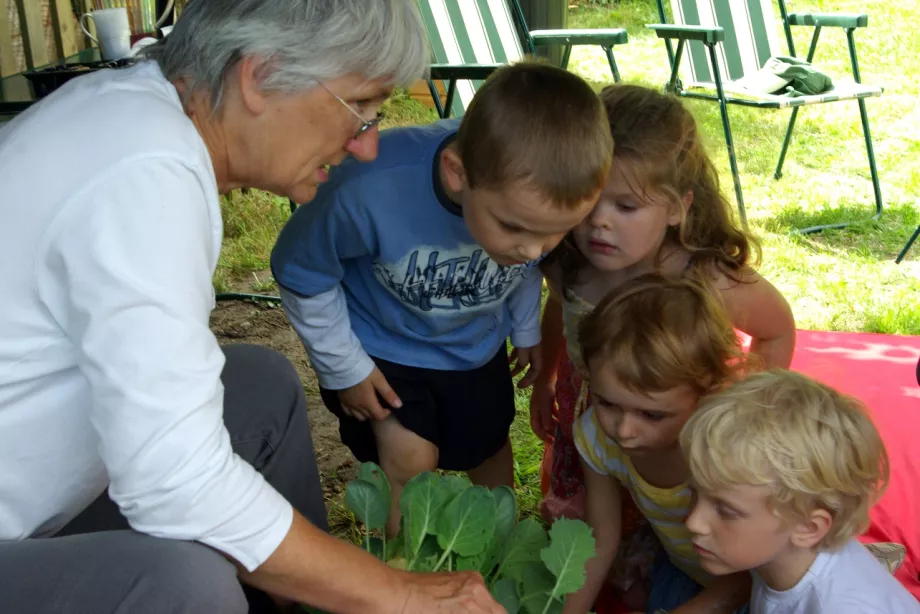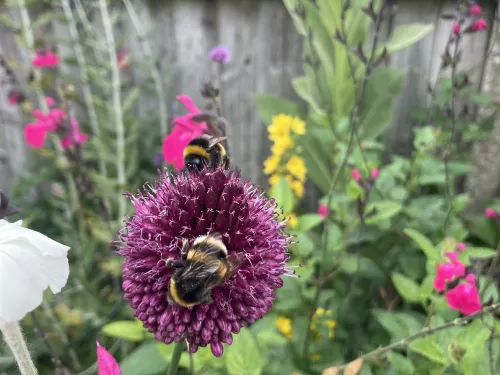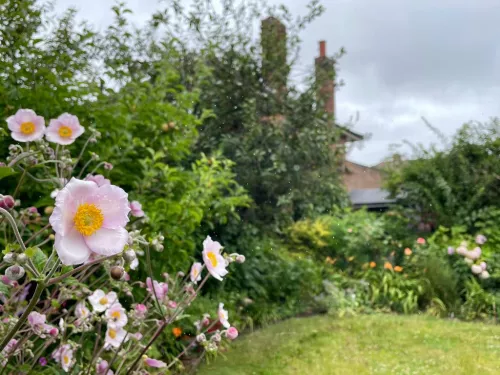Many gardeners swear by companion planting in which one plant protects another from insect damage: in my own greenhouse I find tagetes (marigolds) keep whitefly from my tomato plants.
Dave Goulson (Sussex University) is unambiguous:
'We need to be trying to move away from blitzing our garden plants with pesticides of any type, including when they’re being grown and when we’re using them in our gardens. People shouldn’t be buying pesticides to use in their gardens; there’s no need at all... you can [garden] perfectly well without any pesticides, and that’s exactly what I do. I have a big garden full of fruit and veg and flowers that looks fantastic and I don’t use any insecticides at all, and I’ve not used herbicides for the last few years.’
Find out more about ways in which you can make your garden insect and wildlife friendly. Also don't forget to:
Claim your FREE Action for Insects guide and start to make a difference today
In a later blog we will talk about coping with slugs and snails which even wildlife enthusiasts find hard to love even though they are such an important part of the food chain. We will share Wild About Gardens Advisors’ tips on gardening without slug pellets.
Further information
Kent Wildlife Trust’s Wild about Gardens scheme is offering advice by telephone this year. You can enter your garden into the scheme online and our trained Wild about Garden volunteers will do their best to answer your questions.
